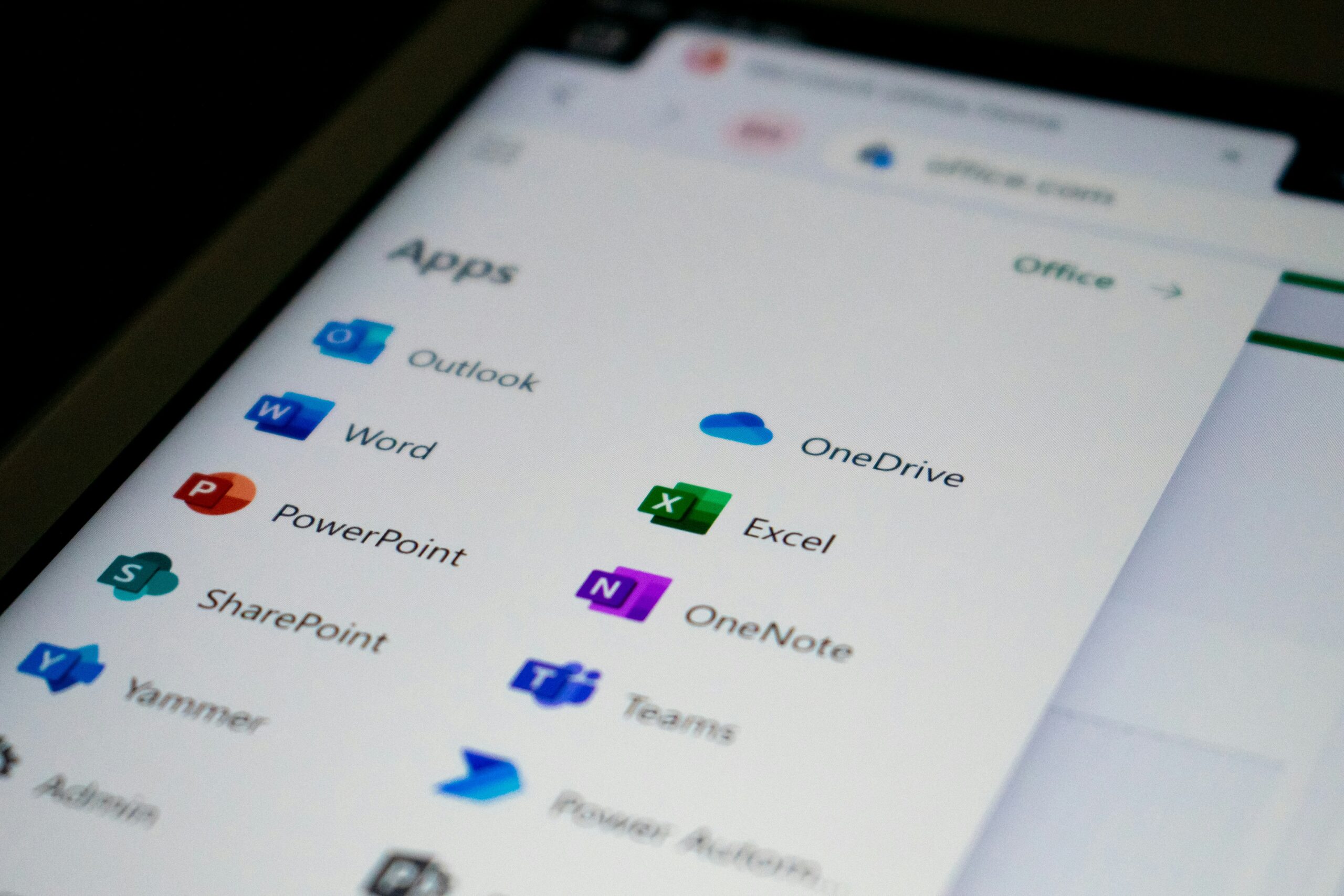
25 Mar Microsoft SharePoint vs. OneDrive: Best Practices for Businesses
In this article, we’re going to go over the difference between Microsoft SharePoint and OneDrive — the ins and outs of both platforms and how you can utilise both within your organisation. We’ll also take a look at some best practices, so you can hit the ground running.
What is SharePoint?
Microsoft SharePoint is Microsoft’s collaboration platform. It is a hub for your organisation to store, organise, share, and access information and documents securely — allowing collaboration to freely thrive within your organisation.
SharePoint aims to make your organisation more productive while also letting you streamline your organisation’s business processes due to its comprehensive feature set, with unique features such as —
- Document Versioning: Using Microsoft SharePoint, you can maintain multiple versions of documents. This lets you keep track of changes and revert to previous iterations if need be, while also letting you prevent conflicts in editing.
- Enterprise Search: SharePoint lets you search your organisation, with its robust search functionality that lets you extensively index your organisation to find what you need. The search feature supports advanced filtering, metadata-based search, and customisable search scopes, making it incredibly powerful.
- Customisable Workflows: SharePoint lets you automate and customise your workflows with ease — letting you streamline them and take advantage of Power Automate and SharePoint Designer.
- Content Management: SharePoint lets you enforce content management policies to ensure that you’re compliant with regulatory requirements as well as keeping internal governance standards up. You can define policies for retention, expiration, and disposal — meaning that the content lifecycle is more streamlined than ever.
- Business Intelligence: SharePoint works with Microsoft Power BI to enable organisations to take advantage of business intelligence — letting them analyse and visualise data with ease.
- Social Collaboration: Using blogs, wikis, and other different social collaboration tools and features, SharePoint fosters a more unified workplace.
What is OneDrive?
Microsoft OneDrive is a cloud-based file storage and synchronisation platform that lets you store files and data in the cloud, letting any device with an internet connection access them. OneDrive is built to slot into the Microsoft 365 platform, seamlessly integrating with other 365 tools and enabling collaboration on files in a convenient manner.
OneDrive is built to allow users to store their own files, enabling them to use the cloud to access those files anywhere and enable collaboration within the 365 ecosystem. Some of its key features include —
- Files On-Demand: OneDrive lets you access all of your files on-demand without having to download them, letting you save storage space while also making sure you have easy access to them.
- Personal Vault: Your OneDrive Personal Vault is an area within your OneDrive where you can store files that require extra security considerations.
- Automatic Photo and Video Backup: OneDrive automatically backs up photos and videos from users’ mobile devices, meaning that you can ensure that those files are safe in the cloud.
- Collaborative Editing in 365: OneDrive integrates seamlessly into the Microsoft 365 ecosystem, giving you an easy way to collaborate within Microsoft 365 files with coworkers — all in real time.
Comparing SharePoint and OneDrive
SharePoint and OneDrive are not competitors. They exist for different use cases and are often actually used together to serve different purposes within your organisation.
SharePoint is geared towards team collaboration and enterprise-level document management, whereas OneDrive is for personal file storage and individual productivity. Where SharePoint has tools to improve organisational workflow, OneDrive increases personal productivity and security — and works with the end user.
Because of these differences, the two solutions work together and seamlessly integrate to allow you to use OneDrive with SharePoint integration — meaning your employees can take advantage of the benefits of both applications.
Best Practices
Here are some of the best practices and ways you can utilise both of these applications in your organisation together.
- Established Clear Governance Policies: First and foremost, establishing clear governance policies on how both tools should be used and guidelines for content management, permissions, sharing settings, and compliance will let you take control of your organisation’s file management with ease.
- Define Use Cases: Identifying specific use cases for both platforms will let you be more clear on how to use both within your organisation — for example, personal file storage and individual productivity are suitable for OneDrive, whereas team collaboration and other holistic management are where SharePoint shines.
- Integrate Seamlessly: Ensuring seamless integration between OneDrive and SharePoint will let you facilitate smooth workflows and collaboration. You can do this by using SharePoint for the backend file management while utilising OneDrive to let users access and sync files.
- Educate Users: There’s no point in implementing new systems into your organisation if people don’t know how to utilise them. Educating your employees and ensuring that everyone knows what they’re doing will help the implementation of SharePoint and OneDrive together go more smoothly.
How We Can Help
SharePoint and OneDrive are two powerful tools that your organisation can leverage to take advantage of file management and collaboration.
These two tools co-exist and work together, and aren’t competing tools — meaning that you can utilise both within your organisation simultaneously, using SharePoint for holistic enterprise file management and OneDrive for personal file management.
If you’re looking to get started with OneDrive and SharePoint but don’t know where to start, reach out to us today. Our experts are here to help you hit the ground running and will ensure that you’re ready to go with file management within your organisation — letting you boost your organisation’s productivity to the next level.
Contact us now and see how we can help.
 Remote Support
Remote Support


